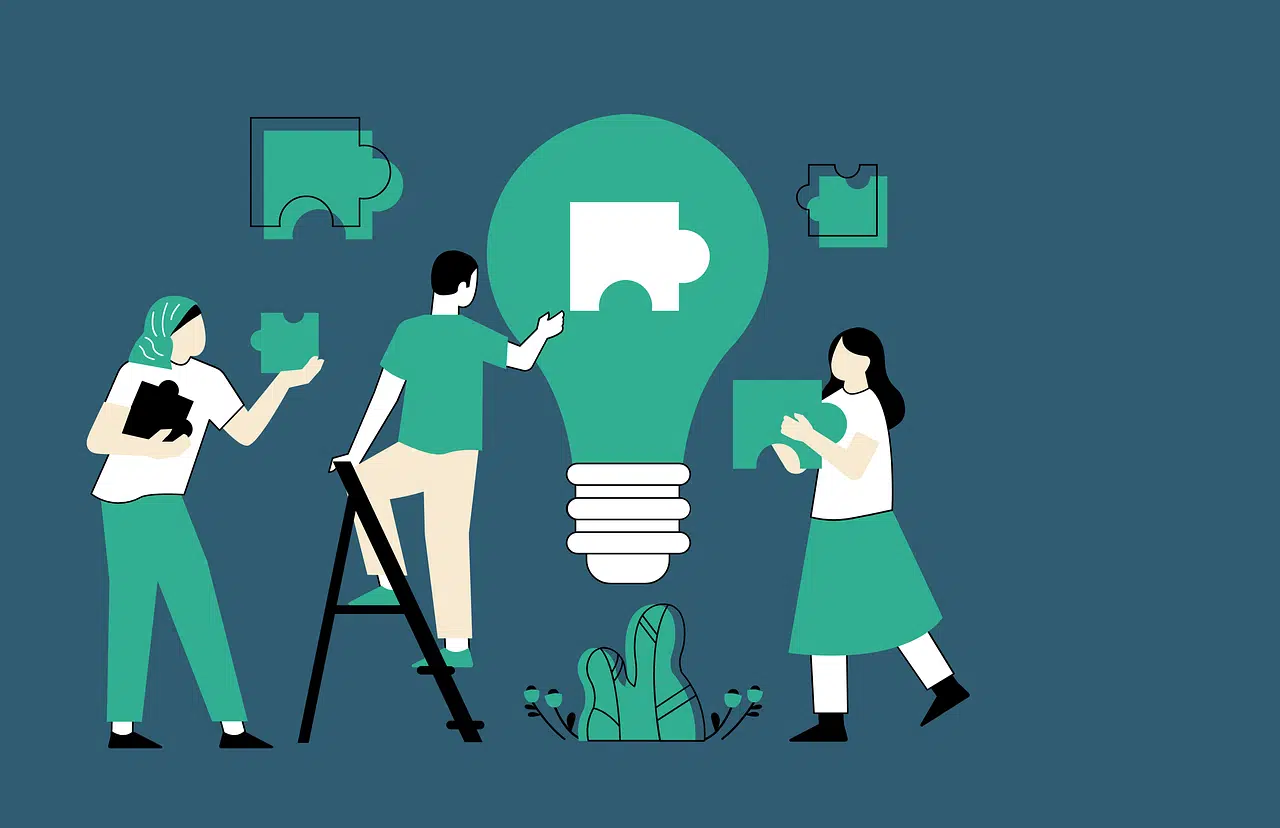
Brainstorming is a group work technique.
A brainstorming is a group work technique that aims to find solutions and develop new projects. Also known as brainstorming or brainstorming (an expression in the English language), brainstorming involves several individuals beginning to formulate proposals to resolve an issue . The technique aims to exploit the creativity of each person, promoting it through interactions within the group.
It should be noted that a storm refers to an intense agitation of the atmosphere that brings phenomena such as gusts and precipitation. The notion, however, can be used symbolically to refer to some type of shock or intense event.
To begin brainstorming, pose a problem or concern in a relaxed and informal environment. The various members of the group, based on this postulate, begin to propose solutions or provide answers.
Origin of the brainstorm
It is interesting to know that brainstorming is an initiative or proposal that emerged in the first half of the 20th century . Specifically, it was in 1939 when the American creative and executive Alex Faickney Osborn made it known.
Precisely in the approach of this new tool it was established that, during the development of a brainstorming session, there were four rules that were essential to comply with:
- That freedom of thought was absolutely essential, since it established that the most original and surprising idea could be the one that solved the problem at hand.
- That criticism between the participants was not allowed at all, whether of a constructive nature or simple ridicule.
- That the number of proposals and ideas was essential because the more there were, the more possibilities there were of being able to find a solution to the problem.
- That the members of the session not only had to present their ideas but also collaborate in the task of combining them with each other or how to improve in order to find a final that is ideal.

Brainstorming aims to exploit individual creativity through group interactions.
Its development
In addition to all the above, we cannot ignore that brainstorming requires undertaking two fundamental steps:
- The preparation , both of the group and the environment and also of the task.
- The application . This phase includes everything from the presentation of the session to the generation of ideas, through idea improvement and evaluation. The latter can be done in the same session or days later.
Advantages of brainstorming
One of the essential precepts of brainstorming is that, at first, no proposal should be discarded : all are considered valid a priori. The purpose is to encourage creativity and facilitate the creation of new ideas; It is only in a second moment that quality and validity begin to be judged.
Defenders of the technique maintain that, by having the possibility of listening to other people's ideas, each subject takes ideas that allow them to develop their own creativity . There are those who claim, however, that people generate a greater number of ideas when they work individually.
